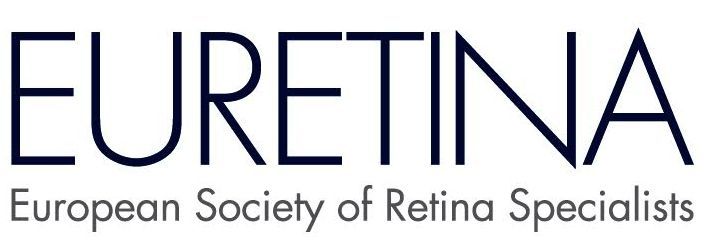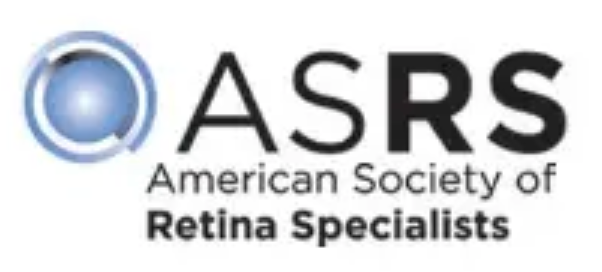Pterygium Surgery
What is Pterygium Surgery?
Pterygium surgery, also known as pterygium excision or pterygium removal, is a medical procedure performed to remove a pterygium, which is a benign growth of tissue on the conjunctiva (the clear membrane that covers the white part of the eye) that can extend onto the cornea (the clear front surface of the eye). Pterygiums are often triangular or wing-shaped and can cause discomfort, redness, irritation, and visual disturbances if they grow large enough to encroach onto the cornea.
Benefits of Pterygium Surgery
- Relief from Symptoms: Pterygium surgery can relieve symptoms such as eye irritation, redness, and discomfort caused by the growth pressing against the eye's surface.
- Improved Vision: If the pterygium has grown onto the cornea and is causing visual disturbances, surgical removal can improve vision by eliminating the obstruction and reducing corneal irregularities.
- Cosmetic Improvement: Pterygiums can be unsightly, especially if visible on the front of the eye. Surgery can lead to a more aesthetically pleasing appearance of the eye.
- Prevention of Complications: In some cases, a pterygium can lead to complications such as astigmatism, corneal scarring, or even reduced vision. Surgical removal can prevent or mitigate these potential complications.
- Reduced Recurrence: While recurrence is possible, modern surgical techniques have improved the chances of preventing pterygium regrowth compared to older methods.
Types of Pterygium Surgery
- Conjunctival Autografting is one of the most common and effective surgical techniques. The pterygium is excised in this procedure, and a small piece of healthy conjunctival tissue (usually taken from the same or the other eye) is harvested and transplanted to cover the area from which the pterygium was removed. This helps reduce the risk of recurrence and provides a smoother ocular surface.
- Suture Techniques: Traditional sutures can also secure grafts during conjunctival autografting. While effective, they may cause more discomfort and require longer healing times than fibrin glue.
- Mitomycin-C Treatment: In some cases, mitomycin-C, a medication that inhibits cell growth, may be applied to the affected area after pterygium removal to reduce the risk of recurrence. However, its use requires careful consideration due to potential side effects.
Pterygium Surgery Procedure
- Anaesthesia: The surgery is typically performed under sedation with local anaesthesia, meaning your eye will be numbed, and you will be heavily sedated during the procedure.
- Incision and Removal: The surgeon will make a small incision on the affected eye's conjunctiva, remove the pterygium, and carefully excise any tissue that has invaded the cornea if applicable.
- Graft Placement: The surgeon will then perform a conjunctival autograft, where a small piece of healthy tissue is transplanted from another part of your eye to cover the area where the pterygium was removed.
- Closure: The incision is closed using sutures or adhesive materials like fibrin glue.





